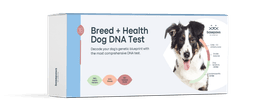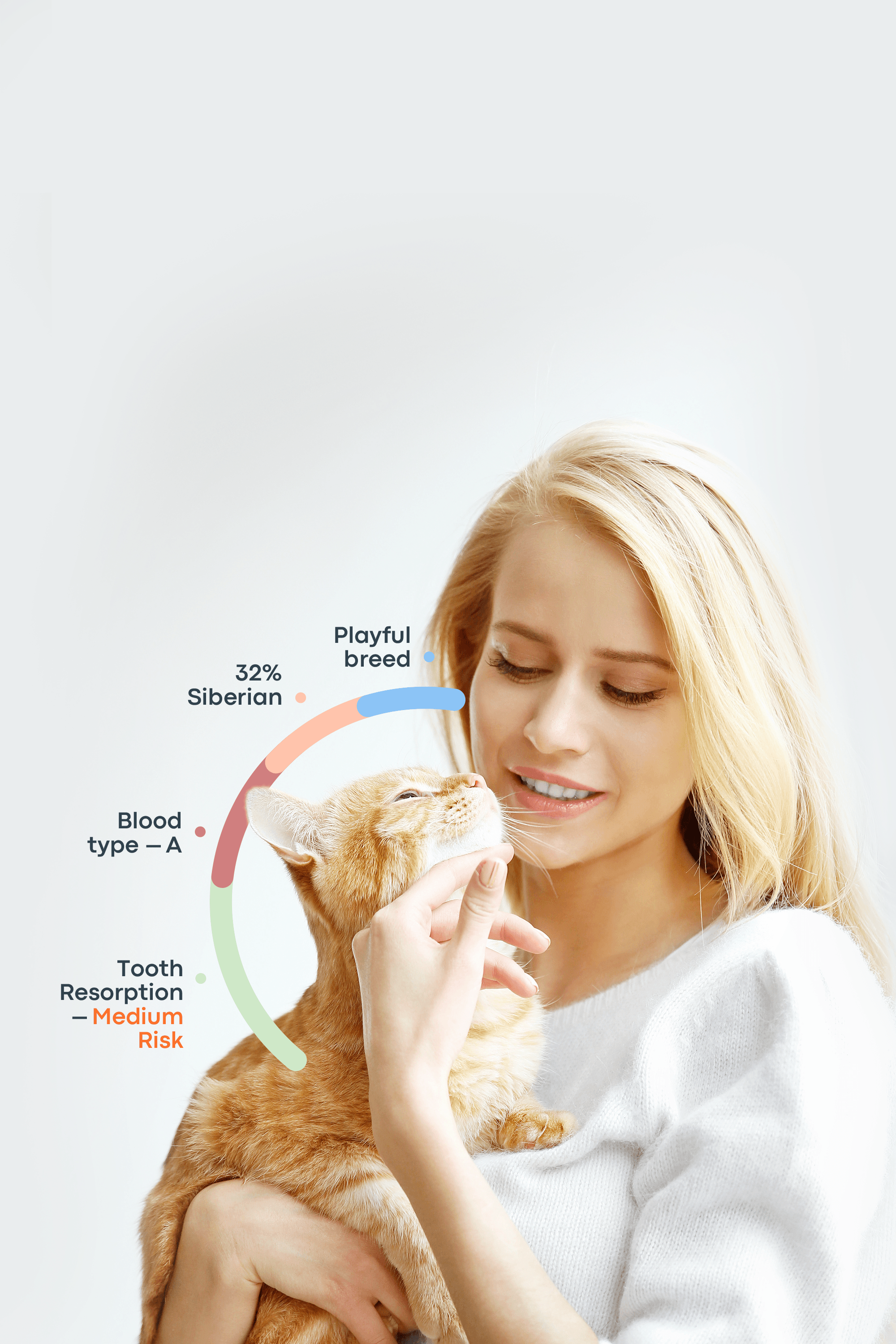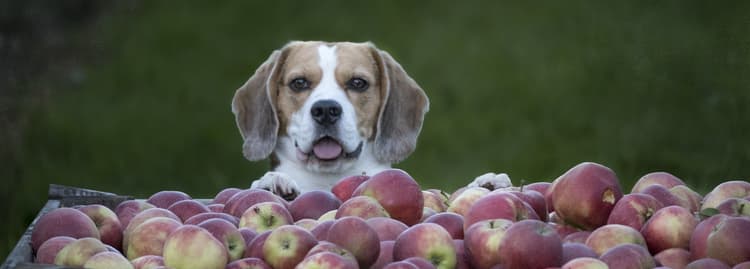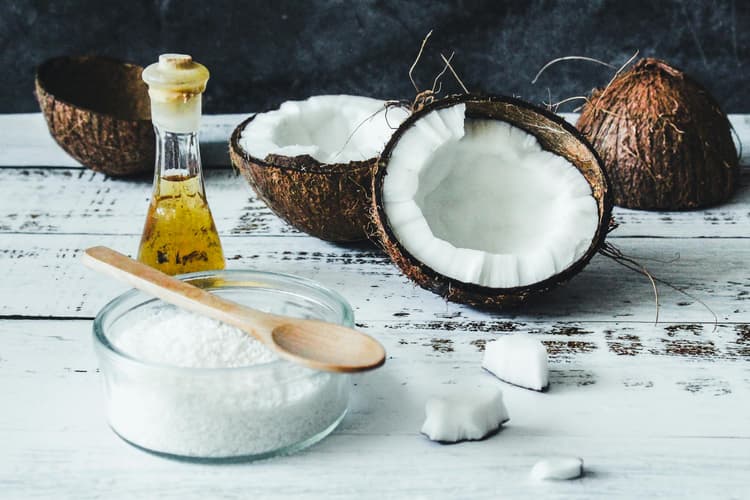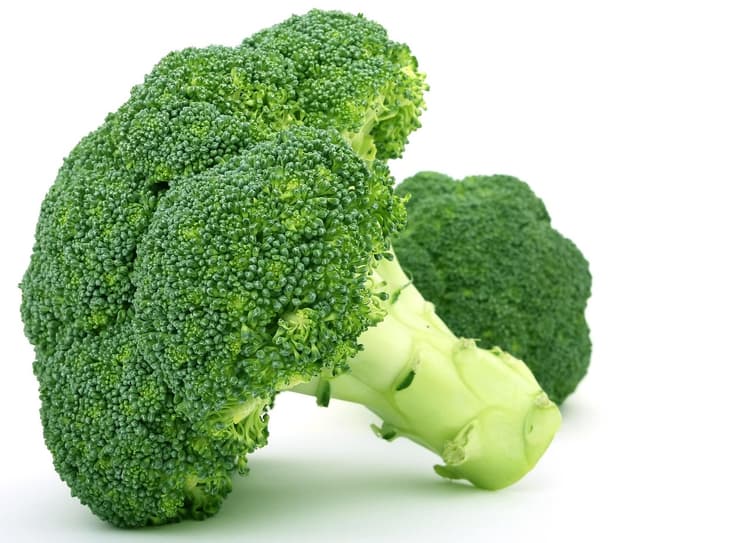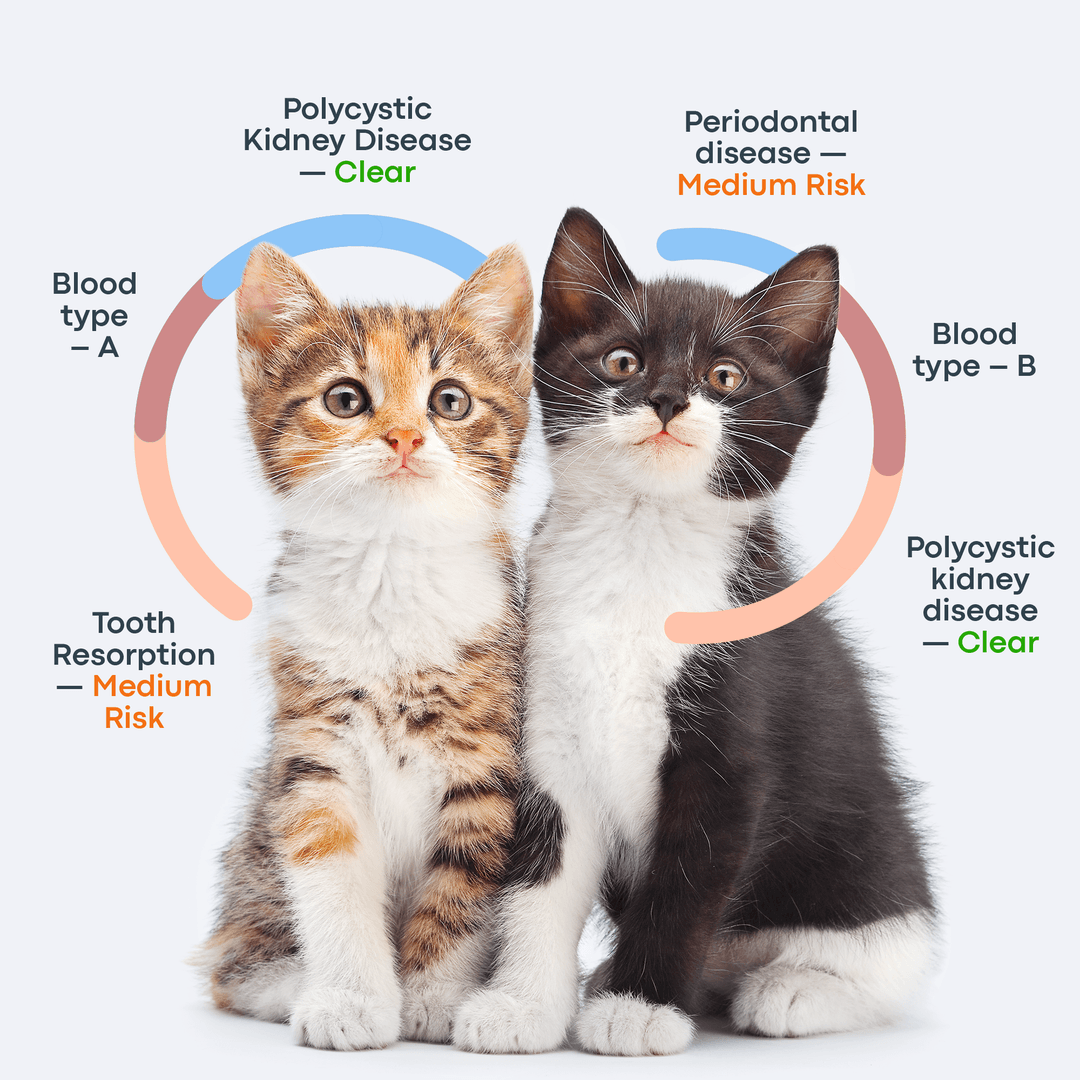Let’s be honest—most of us have shared a bite of whatever we were eating just because our pup gave us that look. You know the one: big, hopeful eyes, a tilted head, and a wagging tail. When it comes to a bright, juicy dragon fruit, dogs can be even more curious. But can dogs eat dragon fruit safely? Let’s explore the benefits, potential risks, and how to serve this exotic fruit safely to your furry friend.
What Is Dragon Fruit?
Dragon fruit, also known as pitaya, is a tropical fruit that grows on several types of cactus. Originally native to Central America, it is now cultivated worldwide—especially in Southeast Asia. Its striking appearance makes it truly unique: bright pink or yellow skin covered with green, spiky scales, and soft, speckled flesh inside. The flesh color varies from white to deep magenta.
There are three main varieties of dragon fruit:
White-fleshed with pink skin
Red-fleshed with pink skin
Yellow-skinned with white flesh
The fruit’s soft texture, vibrant color, and sweet aroma are naturally tempting to dogs. Many pet parents wonder, “Can dogs have dragon fruit?” and whether it’s safe or even healthy. Let’s find out.

Is Dragon Fruit Good for Dogs?
Yes—dragon fruit for dogs can offer some great health benefits, according to Canine Nutritionist. Here’s a closer look at what this vibrant fruit brings to the table:
Nutritional Benefits (Fiber, Vitamin C, Antioxidants)
First, dragon fruit is rich in fiber, which promotes smooth digestion and helps prevent constipation. This makes it especially beneficial for dogs with sensitive stomachs or irregular bowel habits. A small piece given occasionally can gently support digestive health.
Then there’s vitamin C. The American Council on Health and Science explains that while dogs naturally produce their own vitamin C, they may sometimes benefit from an extra boost—especially older dogs or those dealing with stress and anxiety. Vitamin C supports a healthy immune system and helps dogs cope with daily challenges.
Finally, dragon fruit contains antioxidants, which protect cells from damage and help reduce inflammation. Think of antioxidants as your dog’s internal cleanup crew, especially valuable for senior dogs or pups recovering from illness.
Important Note: Dragon fruit should never replace your dog’s main diet. Consider it a healthy bonus treat, not a new food group.
Can Dogs Eat Yellow Dragon Fruit Too?
Yes, they can! All varieties of dragon fruit—including yellow dragon fruit—are safe for dogs to eat in moderation. However, yellow dragon fruit is naturally sweeter than the pink varieties, so it’s important to limit how much your dog consumes.
Dogs don’t need much sugar in their diet, even from natural sources. A few small cubes are enough to satisfy their curiosity without risking a sugar spike. According to PetMD, sugar from fruit treats should be no more than 10% of their overall diet.
Is Dragon Fruit Safe for Dogs to Eat?
Is Dragon Fruit Poisonous to Dogs?
No, dragon fruit is not poisonous or dangerous to dogs. According to multiple veterinary sources, including Dogster and the American Society for the Prevention of Cruelty to Animals, there’s no known toxin in dragon fruit that affects dogs. However, the outer skin should always be avoided—it’s tough, fibrous, and not safe for dogs or humans to consume.
Can Dragon Fruit Kill Dogs or Cause Allergies?
It’s extremely unlikely that dragon fruit would cause serious harm to your dog. That said, no food is completely risk-free. Dogs with sensitive stomachs or existing fruit allergies may experience negative reactions.
Though rare, food allergies can occur at any time. Watch for early signs such as:
Vomiting
Diarrhea
Itchy skin or rashes
Lethargy or unusual tiredness
If any of these symptoms appear after eating dragon fruit, stop feeding it immediately and consult your vet.
Also, avoid serving large chunks, especially to small dogs, as they can pose a choking hazard. Always remove the skin, which is indigestible and can cause digestive issues. For senior dogs or pups with dental problems, consider serving dragon fruit as a soft pulp or puree—it’s easier to chew and digest.
How to Safely Feed Dragon Fruit to Dogs

Preparing Dragon Fruit: Step-by-Step Guide
Feeding dragon fruit to your dog safely starts with proper preparation. Follow these simple steps:
Wash Thoroughly
Rinse the fruit under cool running water to remove any dirt, pesticides, or chemical residues. Even if the fruit comes in clean packaging, it's important to wash it before handling.
Slice with a Clean Knife
Use a clean, sharp knife to cut the fruit lengthwise. This will make it easier to access the flesh inside.
Scoop or Peel the Flesh
You can scoop out the soft, speckled flesh with a spoon, or gently peel away the skin if the fruit is ripe enough. Either method works—go with whatever feels easiest.
Discard the Skin Completely
The skin is thick, fibrous, and indigestible. Do not let your dog chew or sniff it, and be sure to dispose of it securely so your dog can’t dig it out later.
Chop into Small Cubes
Cut the flesh into bite-sized cubes suitable for your dog’s size. For small breeds, smaller cubes are safer and easier to chew.
Start Small
Begin with just a tiny amount—one or two cubes is plenty for a first-time taste. Monitor your dog for any adverse reactions. If they tolerate it well, you can occasionally offer a few more pieces as a treat—but always in moderation.
Recommended Serving Size by Dog Size
Portion control is key when offering dragon fruit to your dog. It’s important to strike the right balance—too much can lead to digestive upset due to the fruit’s fiber and natural sugar content.
Dog Size | Recommended Serving Size |
Small dogs (< 20 lbs) | 1–2 small cubes (about 1 tablespoon) |
Medium dogs (20–50 lbs) | Up to 2 tablespoons |
Large dogs (> 50 lbs) | No more than ¼ cup |
Always observe your dog after feeding. Watch for signs of bloating, gas, or loose stool. When in doubt, it's safer to feed less rather than more—especially if it’s their first time trying the fruit.
Signs Your Dog Didn’t Tolerate Dragon Fruit Well
Not all dogs digest fruit the same way. After offering dragon fruit, keep an eye out for the following symptoms:
Loose stools or diarrhea
Vomiting
Gas or bloating
Itchy skin or excessive licking
Lethargy or low energy
Unusual behavioral changes
These could indicate that your dog isn’t tolerating the fruit well. If you notice anything out of the ordinary, stop feeding dragon fruit immediately and consult your veterinarian. It's always better to be cautious when introducing new foods.
Conclusion
While it might sound like an unusual treat, dragon fruit for dogs is actually a safe and somewhat nutritious option—when served correctly. Always peel the skin, chop the flesh into small portions, and serve in moderation. Many dogs enjoy the sweet taste and soft texture, and it can offer small health perks like fiber and antioxidants.
Can dogs eat dragon fruit every day? No, and they shouldn’t. Due to its high natural sugar and fiber content, a few small bites once or twice a week is more than enough. And remember—not all dogs love fruit, and that’s perfectly okay.
Whether they devour it or just sniff and walk away, you’ve given your pup a fun, colorful new treat to explore.
Frequently Asked Questions
Can Shih Tzu eat dragon fruit?
Yes, but just a small amount. Make sure it’s cut into tiny pieces. They have little mouths, so they might find it difficult to eat large pieces. Additionally, if your Shih Tzu is elderly, consider making a pulp to facilitate easier consumption.
Is dragon fruit bad for dogs with diabetes?
Dragon fruit isn’t toxic, but it’s not recommended for diabetic dogs due to its natural sugar content. Always consult your veterinarian before offering fruit or any sweet treat to a dog with diabetes. When in doubt, it’s safest to avoid it altogether.
References:
https://www.caninenutritionist.co.uk/food-feeding/can-dogs-eat-dragon-fruit/
https://www.acsh.org/news/2020/03/03/why-dogs-dont-need-vitamin-c-humans-do-14611
https://www.dogster.com/dog-nutrition/exotic-fruits-dogs-can-eat
https://www.aspca.org/pet-care/animal-poison-control/toxic-and-non-toxic-plants/pitaya

